These days, reading the morning newspaper might be better digested with a strong cocktail rather than my usual cup of coffee. With the uptick of anger in civic dialogue, I was relieved when I turned the page of the Minneapolis StarTribune to find an editorial (“Business leaders are already standing up”) by Brad Anderson, former CEO of Best Buy Corporation.
From 2004 - 2007 I was the manager of Twin Cities Giving for the Best Buy Children’s Foundation. I was hired when the company decided that Best Buy would like to play a more active role in the Twin Cities with executive nonprofit board engagement and strategic philanthropy to benefit the community. Beyond orchestrating the company’s local giving efforts, I was responsible for guiding executive placement onto non-profit boards (to match personal passions with organizational missions); training employees on governance responsibilities; and helping Best Buy employees consider their personal philanthropic philosophies.
During this time, I had the honor of watching up close the executive team of Brad Anderson and Best Buy’s equally inspiring leader, COO Al Lenzmeier. I observed them during site visits, foundation board meetings, and in discussion with staff. Without exception, I found their leadership inspiring.
Numerous studies indicate that employees feel more secure and motivated to work hard when they witness their leaders living the company’s stated values. At Best Buy, I witnessed a culture of respect permeated with trainings on Servant Leadership and Results Oriented Workplace Environment (ROWE). Although my career up to that time had been primarily spent working in nonprofit arts organizations, Best Buy provided me valuable training and lessons about a positive corporate culture. Servant Leadership – using your position to support and empower those around you – continues to be one of my personal core values as does ROWE. The philosophy behind ROWE is that employees own their time. They are allowed to figure out how and when they will get their work done (within reason) which means that I, as a mother of young children at the time, was able to leave the office for occasional school events in the afternoon and finish my work later that evening or early the next morning, whichever worked better with my personal schedule. We all know that having control over our own time is one of the keys to workplace – and, consequently, personal – happiness. During my time as Executive Director of The Loft Literary Center, one of my proudest moments was when that organization won a “Psychologically Healthy Workplace Award,” given by the American Psychological Association.
At the Best Buy Children’s Foundation, I witnessed Brad Anderson treating everyone with respect, achieving results for Best Buy, while inspiring employees and the corporation to get involved in the community. I’m glad to see that he is still at it.






